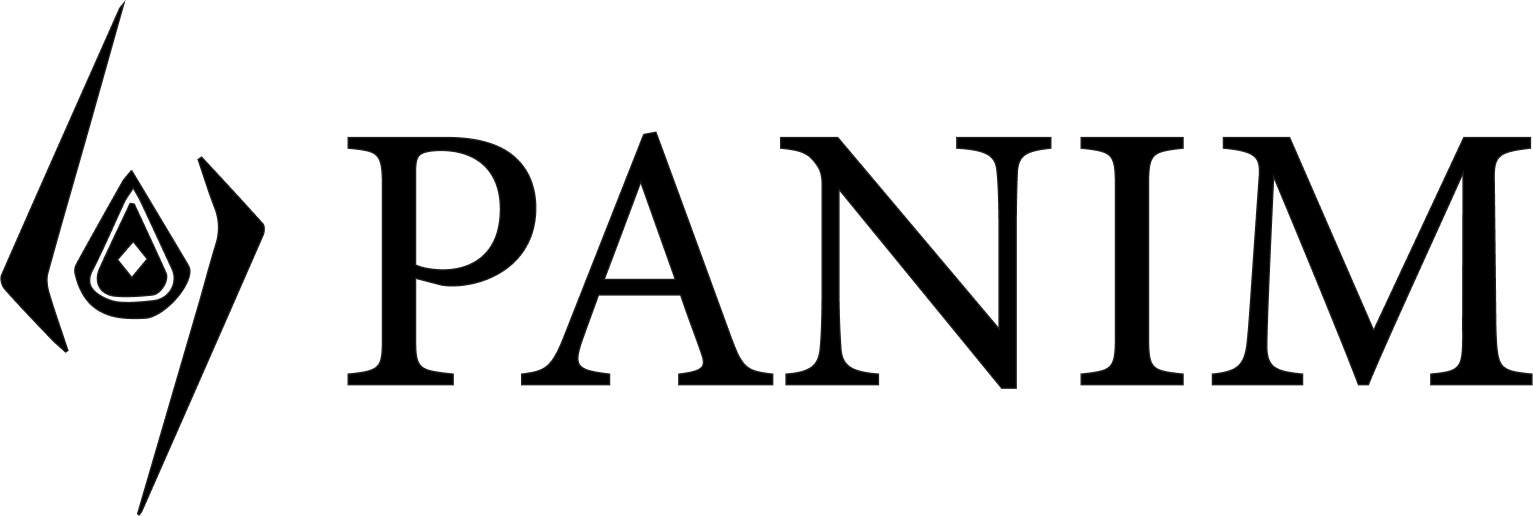Once there was a little town. In the little town, there lived an old woman. Very close to her heart, was a diamond ring, passed down through generations in her family. She believed it was her family's most prized possession. She was looking forward to passing it to her granddaughter. But one day, to her utter shock, her jeweller identified it as mere glass! There, she learnt a life lesson- all that glitters isn’t necessarily a diamond.
Sounds like a scene from a TV show, right? Well, reality isn’t far off. Such incidents are quite common. Diamonds, because of their beauty and value, are among the most imitated products in the world.
Glass or rhinestones, quartz, cubic Zirconia are some of the common imposters. Being cheaper and easily available, these are used as diamond substitutes. While some might be genuine mistakes, while others could be deliberate attempts to deceive.
There are several ways to tell if a diamond is real. Ultimately the only way to know for sure is to take it to a jeweller or gemologist who will be able to test it with official equipment. However, here are a few tricks to use at home to help you make your own preliminary judgement.
1) The Dot Test
The beauty of this test is in its simplicity. Just grab a white paper and make a small dot with a pen. Place the stone, flat side down, over the dot. Peek through its pointy end. If you see a circular reflection inside the gemstone, it's not a diamond.
The science behind it is simple. A real true diamond has powerful refractive tendencies, because of which light is bent in different directions when it passes through it. So, you won’t be able to see letters or dots through a natural, real diamond.
2) The Water Test
It's a plunge of truth. All you have to do is take a standard drinking glass. Fill it up by three-quarters with water. Next, gently drop the diamond into the glass. Now observe. If the diamond sinks to the bottom of the glass, it’s genuine. If it's fake, it will either remain afloat underneath the surface or rest totally on the top. Remember, a real diamond, with their high density, will quickly find its place right at the bottom of the glass.
3) Settings & Mount
If your diamond is attached to a ring or a necklace, here’s what you need to know. Authentic diamonds are typically affixed to high-quality materials like white gold, platinum, or yellow gold. So, the first thing you must do is look for the engravings. Symbols like 10K, 14K, 18K denote gold types; PT and Plat hint at platinum. If you spot a “C.Z.”? It means it's a Cubic Zirconia. That’s your cue, the diamond isn't real.
4) The Fog Test
You know how, as a kid, you would fog up the window on a rainy day? Well, this test is quite the same. Just hold the suspect stone in front of your mouth and fog it up the same way. Here’s the catch- A real diamond doesn't fog up easily. This is because it is able to dissipate heat quickly, remaining mostly clear. That may not be the case with other diamond-resembling items.
It's good to keep these tips handy, but it is obviously better to go to the authorised experts to check the authenticity of the diamond. Afterall, being such a significant investment, it is essential for you to ensure what you have is fully authentic. So, whether you're buying, inheriting, or gifting, make sure your diamond is as genuine as its glint.
